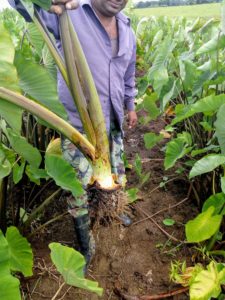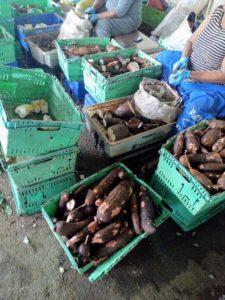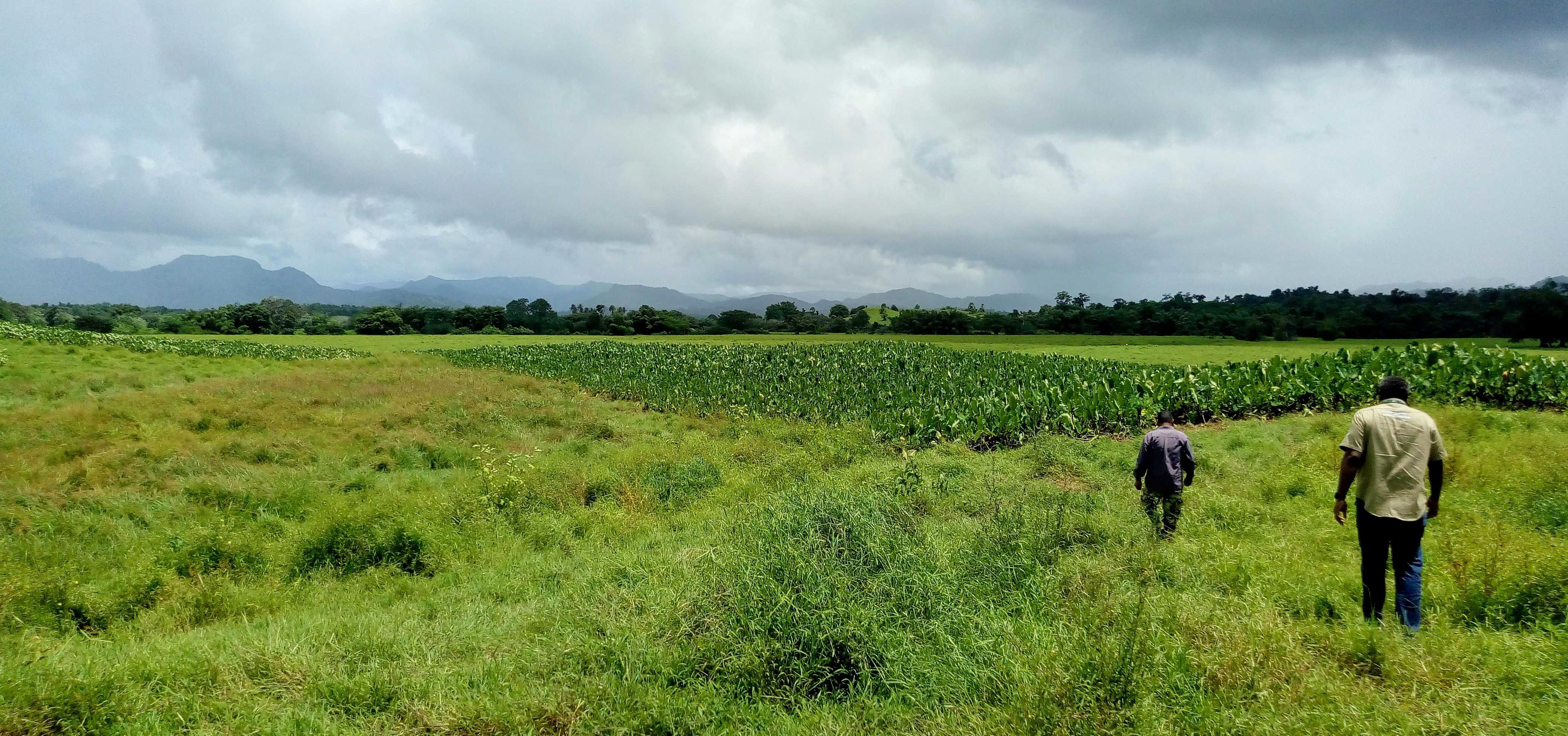Adam Formica, our Senior Modeller, has just returned from 3 weeks spent in Fiji. He spoke with a wide range of stakeholders to better understand their agricultural system. He has returned with a sense of appreciation for the wonderfully welcoming and helpful people of Fiji, pages and pages of notes, and some brilliant data. This research is to lay the groundwork for our work on the CommonSensing project, where we contribute agricultural logistics modelling, and is also helping us to develop our wider product.
This is the first in a two part series on this trip. You can now see part 2, on the sugar industry, here.
Structured meetings with key stakeholders
Adam spent his first week in structured meetings with the rest of our partners in the CommonSensing consortium. They met with high level stakeholders and government ministers from the Ministries of Agriculture, Infrastructure, Economy, and Sugar, as well as representatives from the Bureau of Statistics, UN FAO, Fiji Crop and Livestock Council (FCLC) and the iTaukei Land Trust Board (TLTB, who oversee leases on native land). Adam led a workshop on supply chains for four key crops in Fiji – rice, sugar, dalo and coconut. He presented our understanding of these systems that we had developed from desk research, and got brilliant feedback from country partners. This was very helpful to fill in the blanks in our knowledge, and correct any misconceptions.
Field visits

A dalo farmer holding one of his plants.
This focus group knowledge was reinforced by field visits to farms and processing facilities, kindly organised by the Ministry of Agriculture. Adam visited a variety of growers and learned about cassava, ginger, dalo, and vegetable production and transport. He heard how farmers are facing problems from more variable rainfall (a likely consequence of global warming), lack of labour, poor road access, and expensive fertilisers and herbicides. These would prove familiar themes in our later research on sugarcane.
A stand out challenge from these visits became clear on meeting with the Agricultural Marketing Authority (AMA). This government body has been established to buy up produce from farmers who are either struggling to find a market, or who struggle to get their produce to market. In a country like Fiji, composed of 330 islands, route to market can involve several boat trips, or traversing down remote dirt tracks, and is a serious challenge for some farmers. Therefore the AMA guarantees to buy their produce, albeit at a lower-than-market-price, to account for the cost of transport. Yet the AMA struggle to source enough crop consistently to fill containers, meaning the cost of transport is higher than it may need to be. Any improvements in this system could result in farmers being able to get a better price for their crops.
Streamlining time-limited logistics

Cassava is processed at the AMA, ready for the market.
Timing is everything as the crops degrade fast in the tropical heat, and so there is a time-limited logistics issue. We can help streamline and optimise these logistics, and we think there is a lot of potential in the data held by the Ministry of Agriculture on farm level production. This is collected weekly and held at district offices, then summarised and passed up to division offices and ultimately HQ. We can use these data to map and track available production, and look to find ways to optimise the logistics around how to get this production to markets in the most efficient ways. We are now starting work on refining a product idea, and will get feedback from in-country partners as we iterate.
The issues faced by the wider agricultural sector were also reflected in the problems facing sugarcane farmers, and we expand on these in our second blog in this series, here.
Comments are closed.


Recent Comments